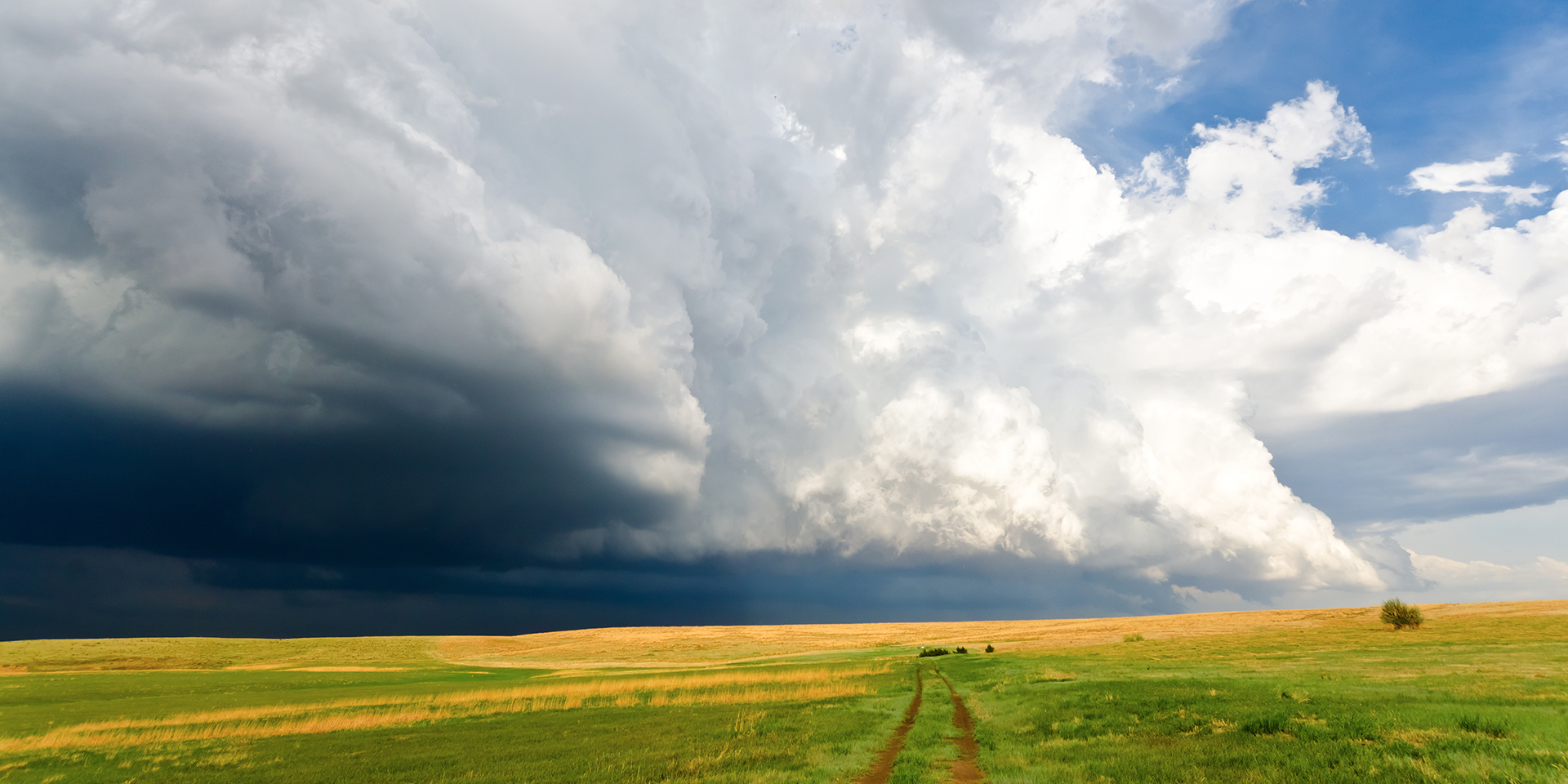Met Office 10-day trend: A change from calm to unsettled weather
As we reach the midpoint of autumn, the UK’s weather is poised for a significant transformation.
The latest 10-day trend, as outlined in the Met Office’s recent forecast, highlights a dramatic switch from the still, misty, and largely dry conditions that have dominated so far, to a much wetter and windier pattern. This article explores the drivers behind this change, what to expect in the coming days, and the broader meteorological context shaping the UK’s weather.
A period of calm: High pressure dominates
For several days, a large area of high pressure has been anchored over the UK. This has brought relatively settled weather, with light winds, persistent cloud, and only occasional breaks of sunshine. The high pressure has been slow-moving, remaining in place for the rest of the current week. This stability has resulted in misty and murky conditions, with temperatures creeping into the low teens for many areas.
The reason for this stubborn high pressure lies high in the atmosphere. The jet stream, a fast-flowing ribbon of air that circles the globe, has dipped southwards before arching north, creating an amplified pattern. This configuration allows high pressure to sit over the UK, while low pressure systems are kept churning away in the Atlantic, unable to make significant inroads.
Wet and windy weather is on the way 🌧️
— Met Office (@metoffice) October 15, 2025
But when will it arrive? ⤵️ pic.twitter.com/BqWCuRaRaU
The weekend transition: Change is coming
However, change is on the horizon. As we move into the weekend, the weather pattern begins to shift. The first signs of this transition will be seen on Saturday, as a weak weather front attempts to push in from the west. Initially, this front may struggle to make much progress, but it soon receives a boost from another area of low pressure.
By Sunday, the change becomes more pronounced. A band of rain will sweep from west to east across the country, accompanied by strengthening winds. The weekend thus marks a transition from a dry start to a much wetter and windier end. While there was some uncertainty about the exact timing of this change, forecast models are now in broad agreement, with only a few hours’ difference in the expected arrival of the rain.
Why is the weather changing? The big picture
To understand the reasons behind this shift, it is necessary to look beyond the UK and consider the broader atmospheric picture. The jet stream plays a crucial role in shaping our weather, and its behaviour is influenced by events occurring far from our shores.
A key factor in the current transition is the recent evolution of ex-Typhoon Halong in the Pacific. Last Friday, Halong was still a typhoon, but it soon underwent extratropical transition, similar to what happens with hurricanes in the Atlantic, becoming a powerful area of low pressure. As it moved north and west across the Pacific, it began to interact with the jet stream, injecting a surge of energy into the upper atmosphere.
READ MORE: Marine observations: Underpinning forecasts and climate understanding
This energised jet stream has since pushed into North America, amplifying the pattern and setting off a chain reaction that will eventually ripple across the Atlantic and affect the UK. The result is a shift from a static, high-pressure-dominated pattern to a more mobile, unsettled regime, with low pressure systems able to reach our shores once again.
The week ahead: Unsettled and changeable
With the door now open to Atlantic weather systems, the coming week is expected to be much more unsettled. Low pressure will replace high pressure as the dominant feature, bringing bands of rain, frequent showers, and gusty winds. The isobars, lines of equal pressure on weather charts, will be packed more closely together, indicating stronger winds than we have seen recently.
The probability plots used by Met Office meteorologists illustrate this transition clearly, with high pressure dominating during the early part of the week, but as the days progress, this is replaced by the arrival of low pressure and wetter conditions. By Tuesday next week, the most likely pressure pattern has low pressure close to the UK.
Rainfall anomalies suggest that much of England, Wales, and eastern Scotland will be wetter than average, while western Scotland may be drier, though not necessarily dry. With a northerly wind at times, it will also feel chillier, especially compared to the mild conditions of recent days.
Looking further ahead: Persistent low pressure
The unsettled theme looks set to continue through much of the following week. Forecasts show a consistent signal for low pressure to remain close to the UK. Most model runs have low pressure to the northwest, but a few indicate the possibility of deeper lows tracking further south, potentially bringing more significant wind and rain, particularly to southern areas.
READ MORE: Turbulent flights and the climate connection
While it is too early to be certain about the details, the overall message is clear: the UK is entering a period of much more typical autumn weather, with spells of rain interspersed with drier and brighter intervals. Winds will be stronger, and there is the potential for some quite blustery conditions if those deeper lows develop close to the country.
Temperatures: Around average, but with a cooling trend
Temperatures during this unsettled spell are expected to be close to average for the time of year. Winds from the west or southwest may bring slightly above-average temperatures by night, especially if skies clear at times. However, as we move towards the end of the 10-day period, there are signals from some computer models that it could turn a little colder, particularly as we head into the following weekend.
Probability graphics developed by the Met Office show a high likelihood of temperatures reaching 10°C next Thursday (October 23) across much of the country. However, further north, especially over the Highlands of Scotland, that probability drops, with a roughly 50/50 chance of reaching 10°C at low levels. By the weekend, the probability of reaching 10°C falls further, indicating a trend towards cooler conditions.
The half-term outlook: Something to watch
For many, the end of the 10-day period coincides with the start of the half-term holiday. The potential for cooler weather as we head into that weekend is something to keep an eye on, especially for those planning outdoor activities. While details will become clearer closer to the time, the current outlook suggests a mix of rain, showers, and brighter spells, with temperatures possibly dipping below average as the week progresses.
The science behind the forecast: Ensemble models and probability
A key feature of modern weather forecasting is the use of ensemble models. Rather than relying on a single forecast, meteorologists run computer models many times, each with slightly different initial conditions. This approach helps to capture the range of possible outcomes and provides a measure of confidence in the forecast.
READ MORE: Specialist forecasts for a resilient future
Probability plots, such as those showing the likelihood of reaching certain temperatures, are a valuable tool for communicating this uncertainty. They allow forecasters to highlight areas where confidence is high, as well as those where the outcome is more finely balanced. In the current forecast, the high probability of reaching 10°C next Thursday gives confidence in a mild spell, while the drop in probability towards the weekend signals the potential for a colder turn.
In summary, the latest Met Office 10-day forecast points to a classic autumn transition. After a period of calm, high-pressure-dominated weather, the UK is set to experience a marked shift to more unsettled, mobile conditions. The arrival of low-pressure systems from the Atlantic will bring rain, showers, and stronger winds, with temperatures generally around average but with a risk of turning colder towards the end of the period.
This change is being driven by large-scale atmospheric processes, including the influence of an ex-typhoon in the Pacific and the resulting changes to the jet stream. As always, the Met Office will continue to monitor developments closely, providing updates and guidance as the forecast evolves.
Keep up to date with weather warnings, and you can find the latest forecast on our website, on YouTube, by following us on X and Facebook, as well as on our mobile app which is available for iPhone from the App store and for Android from the Google Play store.






